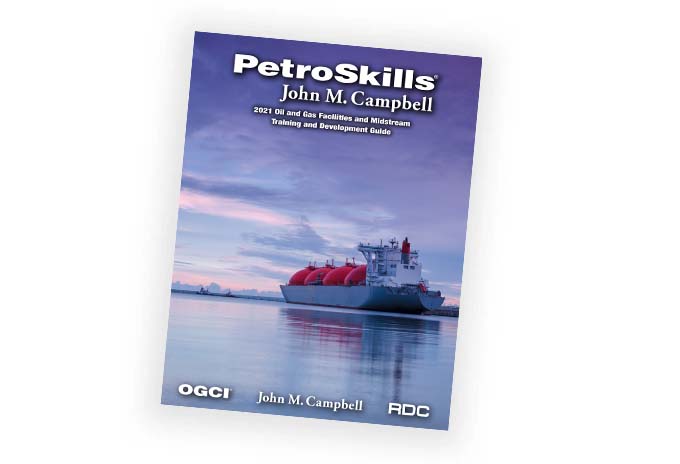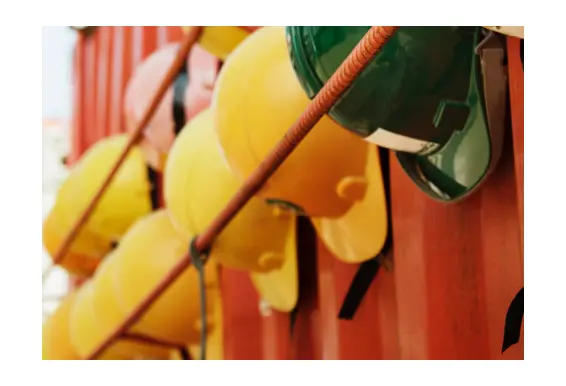Analysis of Structural Traps in Extensional Settings - ESS
About the Course
Extensional terranes provide some of the world's largest known and most prolific oil provinces and are the fundamental underpinning of most continental and deepwater margins. As one of the most common structural styles, they are present on all continents and form most continental shelves. The advent of 3D seismic technologies has revolutionized structural mapping, but the most realistic geologic interpretation of these structures is only as good as our ability to recognize and exploit the fundamental characteristics of the forms that are possible. This is the aim and purpose of this course.
This course presents outcrop, subsurface, and seismic data along with model analogs to support structural interpretation in a wide range of extensional environments: thin-skinned environments along with the underlying, often hyperextended passive margins as well as intracontinental rifts. Fault linkage, relay ramp, transfer systems, and intrabasinal structural geometries are investigated in 3D using predictive kinematic and restorative thinking. The course covers the field level all the way up to basin-scale architecture, and the role of salt and strike-slip tectonics in the development of extensional basins. The typical traps related to extensional geometries are surveyed using real-world examples, with some review of deformational effects on reservoir quality. Exercises include typical seismic examples and field studies. The fundamentals of fracture dynamics are covered in connection with the evolution of extensional faults, as are such important topics as fault sealing issues and inversion. The instructor is happy to accept examples from your company for analysis in the class as one of the demonstration exercises. Please contact PetroSkills for a list of the information and support data required, as well as the necessary lead-time. The 3-day classroom course is followed by a 2-day field trip to the Death Valley area to reinforce the material from the classroom.
"Good examples used that mostly fit what we see in the field." - Geologist II, United States
"Liked fault geometrics and the structural restoration. I also appreciated fault linkages and traps in relay ramps and accommodation zones." - Participant, Nigeria
Target Audience
Exploration and development geologists, geophysicists, engineers, and managers responsible for the interpretation and drilling of extensional environments.You Will Learn
Participants will learn how to:
- Recognize the characteristics of extensional and trans-tensional deformation for both basement-involved and thin-skinned styles
- Apply mechanical stratigraphic principles and restoration/balance thinking in interpretation of seismic and other data for extensional structures
- Predict structural geometry from sparse or inconsistent data using kinematic principles
- Critically evaluate interpretations and cross sections for extensional structural environments
- Develop prospects from trapping geometries in extensional structures
Course Content
- Variety of extensional structural styles and their habitats of development; relationships to other structural styles
- Fundamental processes of the growth and coalescence of extensional structures, evolution of a rift basin to a passive margin
- Elements of extensional systems in both 2D and 3D views: fault linkage, relay ramps, highs, and lows in basins, etc.
- Relationships of full and half grabens and their associated features
- Relief in extensional systems, e.g. footwall uplifts, and their relationships to depositional systems, terrestrial and marine systems
- Basics of restoration and validation; restoration algorithms for extensional systems
- Basics of fracture mechanics in connection with rifts and fracture systems in extensional environments
- Examples and expression of these features in the Death Valley Extensional Field in southern Nevada and California
Product Details
Categories:
UpstreamDisciplines:
GeologyLevels:
IntermediateProduct Type:
CourseFormats Available:
In-ClassroomInstructors:
James GranathAdditional
Request a Public Session
If you are interested in a public session of this course, please click the button below to request it.
Request Public SessionIn-House Training
This course is also available upon request as a private, on-site seminar. Contact us for details and pricing.
Request In-House TrainingNeed Help
Contact us if you have additional questions about how to register for or attend this course.
Contact Us



